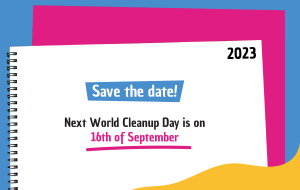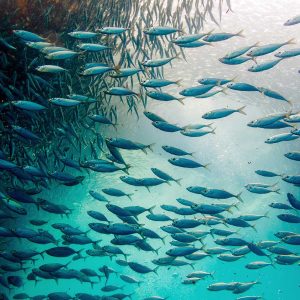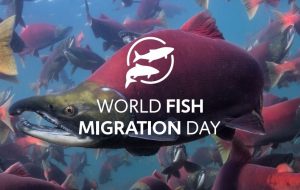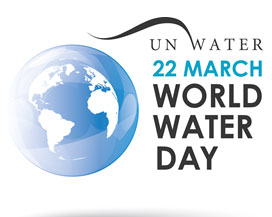 World Drowning Prevention Day, declared through the April 2021 UN General Assembly Resolution A/RES/75/273 “Global drowning prevention”, is held annually on 25 July. This global advocacy event serves as an opportunity to highlight the tragic and profound impact of drowning on families and communities and offer life-saving solutions to prevent it. An estimated 236,000 people drown every year, and drowning is among the ten leading causes of death for children aged 5-14 years. More than 90% of drowning deaths occur in rivers, lakes, wells, domestic water storage vessels and swimming pools in low- and middle-income countries, with children and adolescents in rural areas disproportionately affected.
World Drowning Prevention Day, declared through the April 2021 UN General Assembly Resolution A/RES/75/273 “Global drowning prevention”, is held annually on 25 July. This global advocacy event serves as an opportunity to highlight the tragic and profound impact of drowning on families and communities and offer life-saving solutions to prevent it. An estimated 236,000 people drown every year, and drowning is among the ten leading causes of death for children aged 5-14 years. More than 90% of drowning deaths occur in rivers, lakes, wells, domestic water storage vessels and swimming pools in low- and middle-income countries, with children and adolescents in rural areas disproportionately affected.
Drowning is sudden, abrupt, and shocking, with people often not realizing it’s happening until it’s too late.
What leads to drowning often happens in just a few seconds:
A small child slipping unnoticed into a pond or pool on a sunny afternoon;
Feeling invincible after a few drinks and jumping into the ocean for a swim;
Accepting that one extra passenger on the boat, despite knowing it might capsize;
Deciding it’s too much of a hassle to put on that lifejacket.
So much can happen in a single moment. But with the right awareness and actions, what happens in those seconds can also be changed – for the better.
 On that day volunteers and partners worldwide will come together again to rid our planet of trash –
On that day volunteers and partners worldwide will come together again to rid our planet of trash – 
 Global awareness raising event
Global awareness raising event Water is an essential building block of life. It is more than just essential to quench thirst or protect health; water is vital for creating jobs and supporting economic, social, and human development.
Water is an essential building block of life. It is more than just essential to quench thirst or protect health; water is vital for creating jobs and supporting economic, social, and human development.